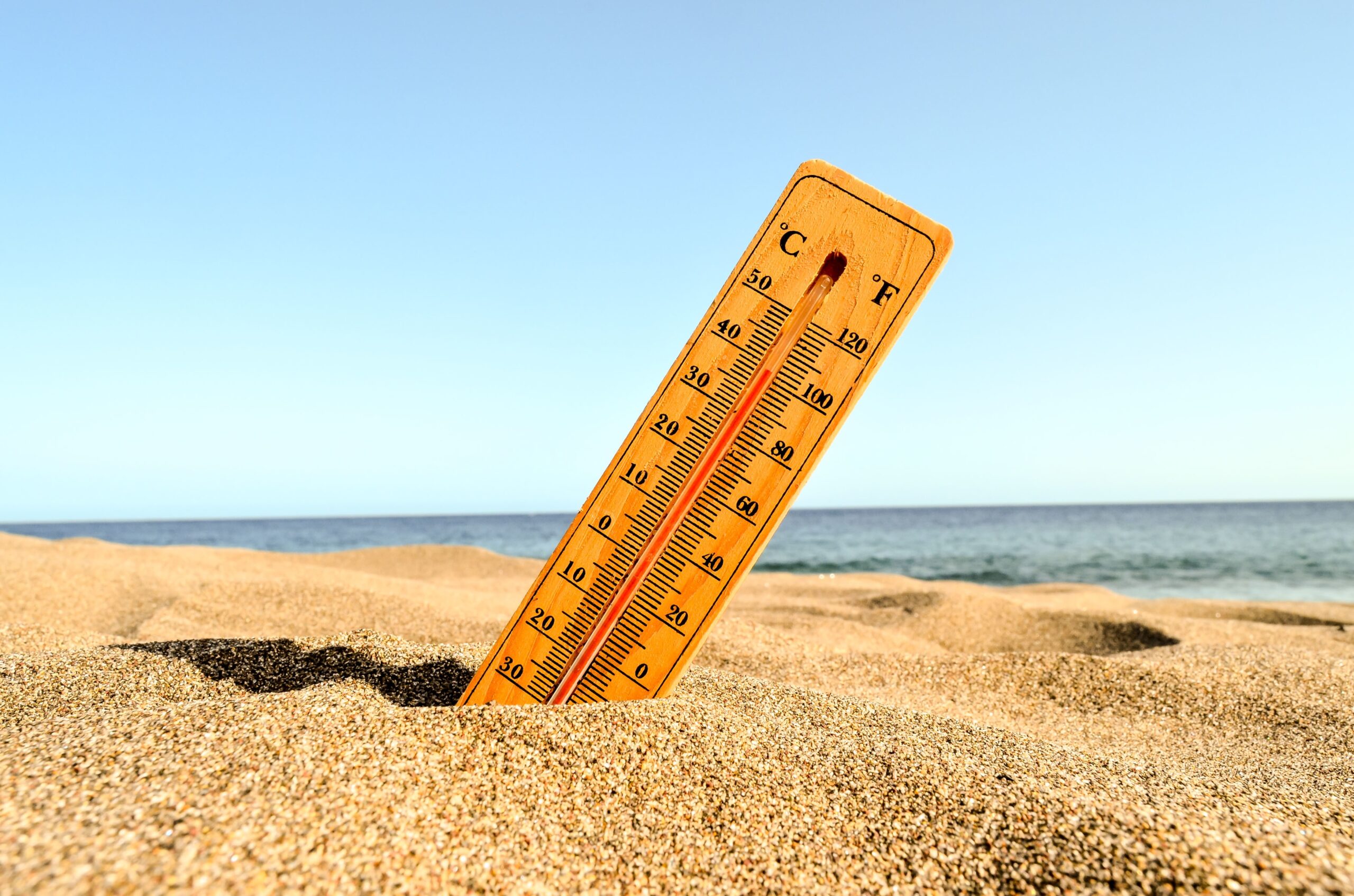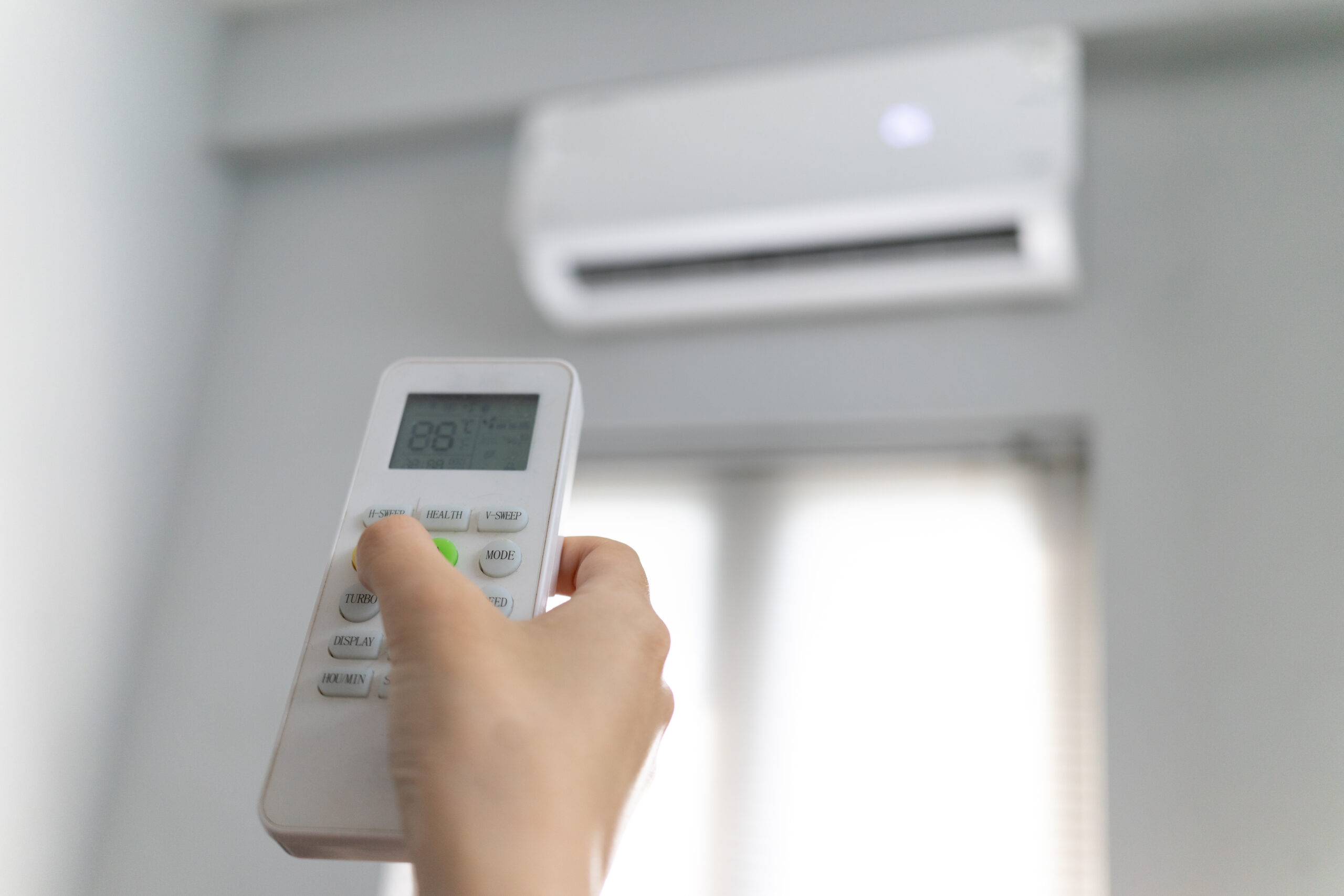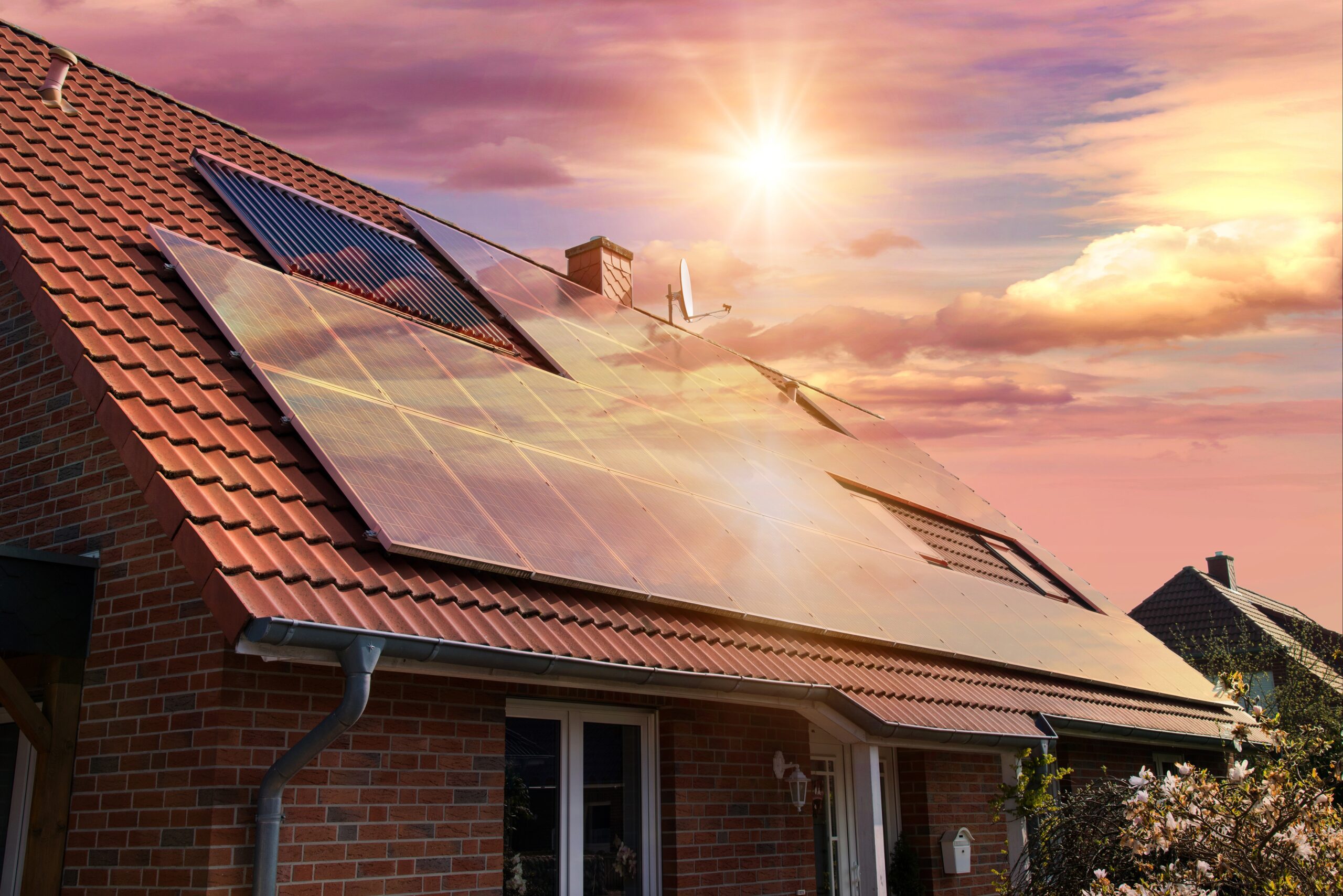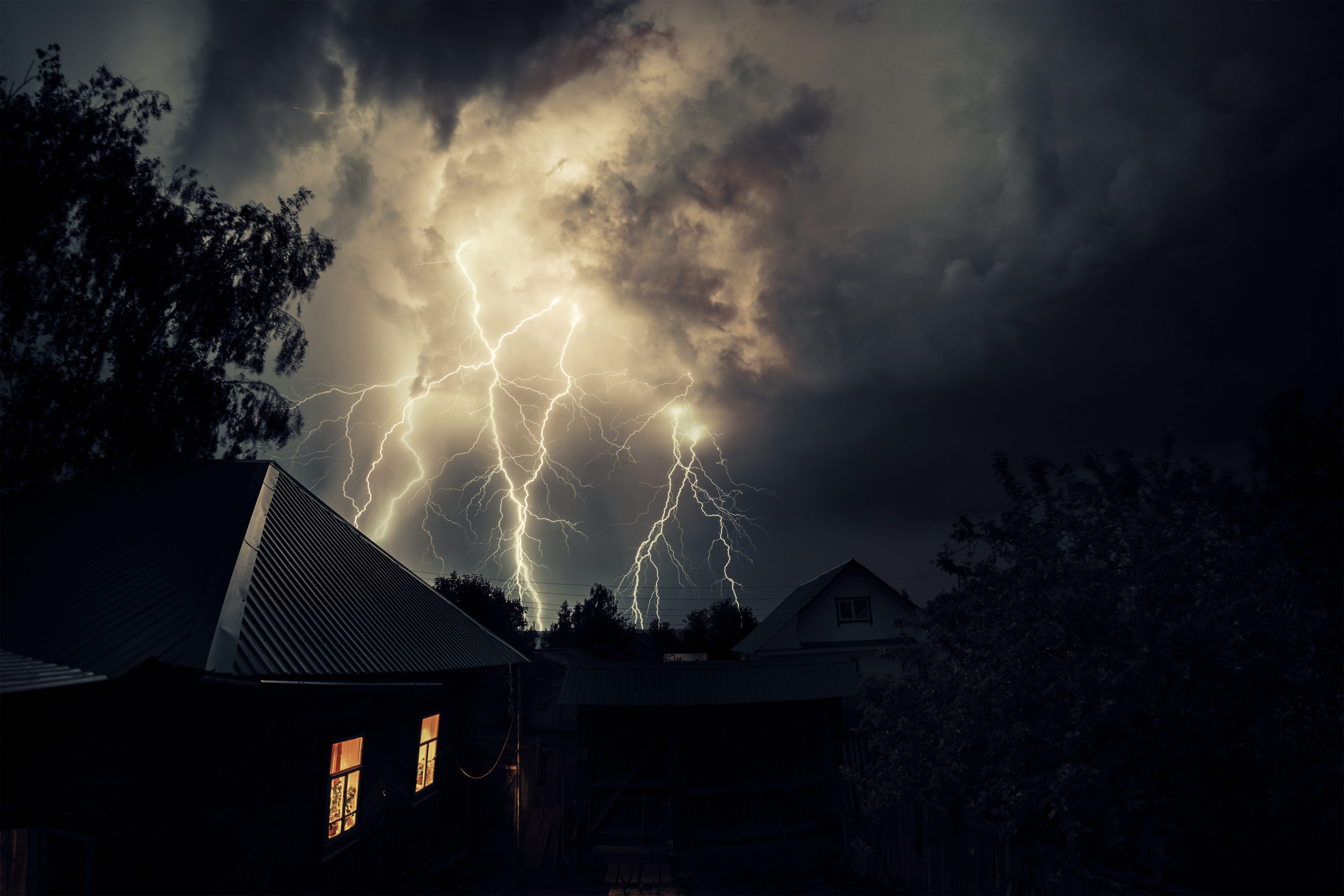How will El Niño affect my solar system?
Australia’s sun-soaked landscapes have long been a hotbed for solar adoption, where the power of the sun helps households and businesses generate clean and sustainable electricity. But what happens when nature decides to throw a curveball?
As of September 2023, El Niño is officially underway in Australia. Since the climate phenomenon is known for its disruptive weather patterns, it’s only natural to wonder how it’s going to affect your solar system. So, in this blog, we’re diving into the effects of El Niño on your solar setup and sharing essential tips to keep your solar game strong, even in the face of these challenging conditions.

How will El Niño impact Australia?
Like any weather pattern, El Niño doesn’t follow a particular schedule. But generally speaking, we’ll see an El Niño event every two to seven years. El Niño is known to cause reduced rainfall, warmer temperatures, a shift in temperature extremes, and increased fire danger. Playfully nicknamed “the little boy who turns up the heat” by the CSIRO, El Niño is also associated with most major Australian droughts.
So what can we expect from this newly announced weather event? Previous El Niño events have brought about widespread bushfires, significant dry periods, water restrictions, and soaring temperatures. Experts have warned, however, that not all El Niño events are the same since climate change and the weather have a complex, and not yet fully understood relationship.
Overall, experts are warning to buckle up for hot, dry conditions. But what does this mean for your solar system?
Can El Niño affect my solar?
There are ways that El Niño can affect your solar setup, but they’re not all as dire as they may seem.
Reduced Sunlight:
While Australia has been warned to expect harsh, dry conditions (with the East Coast advised to prepare for a very strong incoming dry spell), it doesn’t necessarily mean that the skies will be clear at all times. With El Niño changing our usual Spring and Summer weather patterns, it’s likely that we will experience periods of reduced sunlight and increased cloud cover. Of course with less sunlight, the power production of your solar panels may be less than usual. However, there are ways to mitigate this by utilising battery storage systems (read on for more information on these).
Temperature Extremes:
El Niño is well known for causing sweltering hot and dry conditions, high humidity, and severe storms. Experts have also warned that background warming caused by climate change can cause El Niño events to produce warmer temperatures than normal – and that can affect your solar panels. Of course, the beaming sun is a great thing for solar generation, but solar panels are actually less efficient at converting sunlight into electricity at higher temperatures. This is because the photovoltaic cells (the technology that converts sunshine into power) can get very hot, which affects the percentage of sunlight that actually gets converted into usable electricity.
High humidity is another player to be aware of during El Niño, as it can increase the risk of moisture ingress into solar panel components, which can contribute to general degradation. Additionally, humidity can also cause atmospheric changes which may lead to excess cloud cover that would stagger the panels’ ability to absorb sunlight during the day.
To beat these fluctuations, it pays to have a solar battery storage system on hand.
Dust and Debris:
El Niño can bring about intense weather events including strong winds and severe storms. These events can cause dust, leaves, and other bits of debris to accumulate on your solar panels which will make them less efficient at capturing sunlight. Ensuring your panels are clean is an easy way to overcome this aspect of El Niño – plus removing those bits of debris is a great way to minimise rooftop fire risk.

Increased Energy Consumption:
As temperatures rise, our demand for additional resources such as fans and air conditioners also increases. Your solar panels generate valuable power during the day, which you can utilise while the sun is shining. However, high temperatures can still persist in the evening, and you’ll still require power to keep your cooling devices operational. So, you’ll end up drawing electricity from the grid to beat the heat, which will incur additional costs (and increase grid strain).
But here’s a solution: a storage system, often referred to as a solar battery, can store the surplus energy generated during the day. As long as it’s fully charged, you can tap into this stored energy during the evening hours without relying on the grid, helping you save on power expenses. This is also particularly helpful if the grid becomes unstable and you lose power.
Grid Instability:
Solar panels aren’t the only power sources affected by El Niño’s temperature fluctuations. Coal-based power plants are also known to struggle with efficiency in extreme heat. Additionally, as hotter conditions arise, more and more households (with or without solar) will likely be using additional electricity to power their homes.
Air conditioning – the fastest and most convenient way to cool the home – is known as a real ‘energy sucker’, and if millions of people are using their air con at the same time, this can cause strain to the grid. A strained grid can create blackouts (where you lose power completely) or brownouts (where your lights dim and appliances don’t pull enough power to work as intended).
For example, during 2019’s El Niño, over 200,000 Victorian homes lost power due to a strained grid, after temperatures reached 40 degrees Celsius throughout the state.
So how can I navigate El Niño effectively?
Whether you’re using solar-generated power or electricity from the grid, it pays to be aware of your energy consumption. Small changes like using a fan instead of the air con can really make a difference both to your energy usage, and carbon footprint.
Another great way to secure the valuable power that your panels generate during the day is to consider investing in a storage solution. With a storage solution (or solar battery) on hand, you can utilise your stored energy in the evening, and more importantly, during blackouts or brownouts. By using the battery’s stored energy when the sun goes down, you’re also reducing reliance on the grid, and saving some money on your power bill in the process!
What about blackouts?
Imagine yourself sitting at home on a sweltering 40-degree day. You’re just about to turn on the fan and the power goes out. How good would it be to be able to run the fan on your own self-generated energy while everyone else is sweating through the outage?
Where solar would go down with the grid, a battery could come in and help you power through a blackout. Overall, a solar battery can save you money, reduce your carbon footprint, and minimise reliance on the grid and energy retailers. Plus, you can get a fair bit of use out of your essential appliances during a grid-based power outage.
How much energy is really stored in a battery system?
It’s valid to wonder how a battery can really help to power your home when the sun goes down. After all, the purpose of a battery storage solution is to reduce reliance of the grid and allow you to use more of your valuable solar-generated energy, even in the evenings. So how much can you run on a battery, really?
Redback Technologies has an array of battery storage options with different capacities. For example, in the evening, on a fully charged Redback 9.6kwh battery, you could do all of the below:
- Run the clothes dryer for 1 cycle
- Have Wi-Fi and lights operational for 24 hours
- Continue using your refrigerator for another 24 hours
- Have 5 hours each of playtime on 2 televisions
- Run the washing machine for 2 warm cycles
- Use the kettle 3 times
- Run the dishwasher for 1 cycle
If you already have a battery, keeping an eye on its charge and energy usage will keep you in the know about how much energy is at your disposal. To chat about energy solutions and storage options with a qualified and accredited installer, get in touch with us today.
* Please note that running a battery system during a blackout will yield different results to the above. Upon installation, you can choose essential appliances to be added to a backup circuit. Speak to your installer for more detailed information on backup capabilities.
As we sweat through El Niño’s visit Down Under, it’s important to recognise the potential implications of this newly announced weather phenomenon. By understanding the effects that this hot summer can have on your solar system, you can take steps to suitably prepare for what’s to come.



